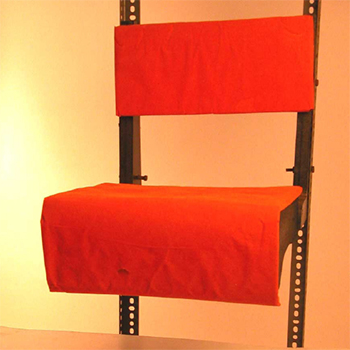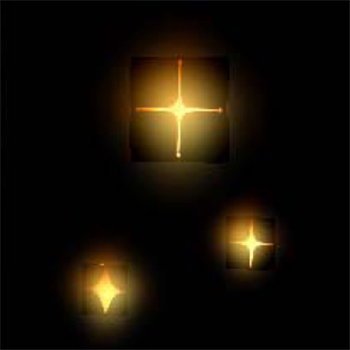Being three-dimensional, it is only natural that we live and interact with a three-dimensional world with the greatest ease and comfort. From the houses we live in, the cars we drive, the clothes we wear, and the food we eat, everything envelopes and enfolds our very existence. Holography, a science that is more than fifty years old, is only now coming into its own. In the 1970s, skilled researchers from wide-ranging fields such as physics, biology, psychology, neurology, etc. were making startling discoveries. The very facts of science, they were saying, the actual data (from physics to physiology) seemed to make sense only if we assumed some sort of implicit, unifying, or transcendental ground underlying the explicit data. Moreover—and here was the shock—this transcendental ground, whose very existence seemed necessitated by experimental-scientific data, seemed identical, at least in description, to the timeless and spaceless ground of being so universally described by the world’s great mystics and sages, Hindu, Buddhist, Christian, and Taoist.




